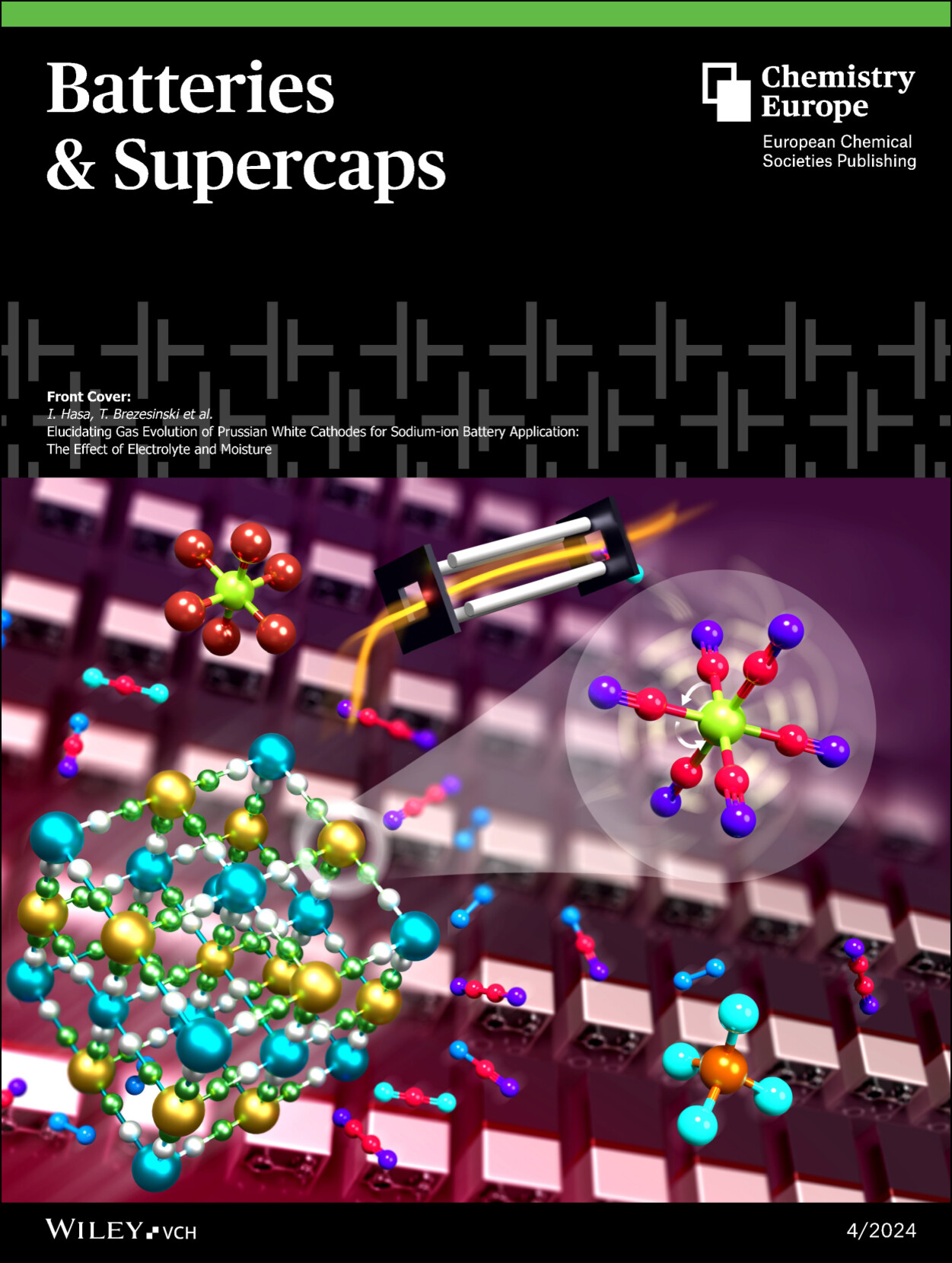提高钠离子电池多阴离子型阴极材料的电压输出
IF 5.1
4区 材料科学
Q2 ELECTROCHEMISTRY
引用次数: 0
摘要
钠离子电池(SIB)与锂离子电池相比具有诸多优势,因此在多个方面都大有可为。在钠离子电池的几个突出特性中,其低成本、资源丰富和潜在的安全性使其适用于大规模储能系统(ESS)。在潜在的阴极材料中,与层状过渡金属氧化物和普鲁士蓝类似物(PBA)相比,聚阴离子阴极材料因其稳定性和安全性而成为更好的选择。但另一方面,聚阴离子化合物的导电性和可用容量仍然较差,这限制了它们的应用;此外,一些聚阴离子阴极在低电压下工作,这降低了能量密度,提高了电池系统的成本。在此,我们试图总结一下聚阴离子化合物作为 SIB 正极材料的最新进展。这些化合物根据金属氧化还原对偶进行分类,包括 V-、Cr-、Mn-、Fe-、Co- 和 Ni- 聚阴离子化合物。我们特别关注可逆氧化还原电压、容量、循环稳定性和钠储存机制等特性。我们还讨论了未来的挑战和潜在的发展战略。本文章由计算机程序翻译,如有差异,请以英文原文为准。
Enhancing Voltage Output in Polyanion‐Type Cathode Materials for Sodium Ion Batteries
Sodium‐ion batteries (SIBs) are promising in several aspects due to their many advantages over lithium‐ion batteries. Among SIB’s several outstanding attributes, its low cost, resource abundance, and potential safety make it suitable for large‐scale energy storage systems (ESS). Among the potential cathode materials, poly‐anionic cathode materials could be a better choice for their stability and safety in comparison to layered transition metal oxides and Prussian blue analogues (PBA). However, on the other hand, the conductivity as well as the available capacity of the polyanion compounds are still poor, which limits their applications; moreover, some polyanion cathode operate at low voltage, which reduces the energy density and raises the cost of the battery system. We here try to summarize the recent progress of polyanion compounds as cathode materials for SIB. These compounds are categorized based on the metal redox couple, including V‐, Cr‐, Mn‐, Fe‐, Co‐, and Ni‐polyanion compounds. Our attention is specifically drawn to properties such as reversible redox voltage, capacity, cycling stability, and sodium storage mechanisms. We also discuss the challenges and potential development strategies for the future.
求助全文
通过发布文献求助,成功后即可免费获取论文全文。
去求助
来源期刊

Batteries & Supercaps
Multiple-
CiteScore
8.60
自引率
5.30%
发文量
223
期刊介绍:
Electrochemical energy storage devices play a transformative role in our societies. They have allowed the emergence of portable electronics devices, have triggered the resurgence of electric transportation and constitute key components in smart power grids. Batteries & Supercaps publishes international high-impact experimental and theoretical research on the fundamentals and applications of electrochemical energy storage. We support the scientific community to advance energy efficiency and sustainability.
 求助内容:
求助内容: 应助结果提醒方式:
应助结果提醒方式:


